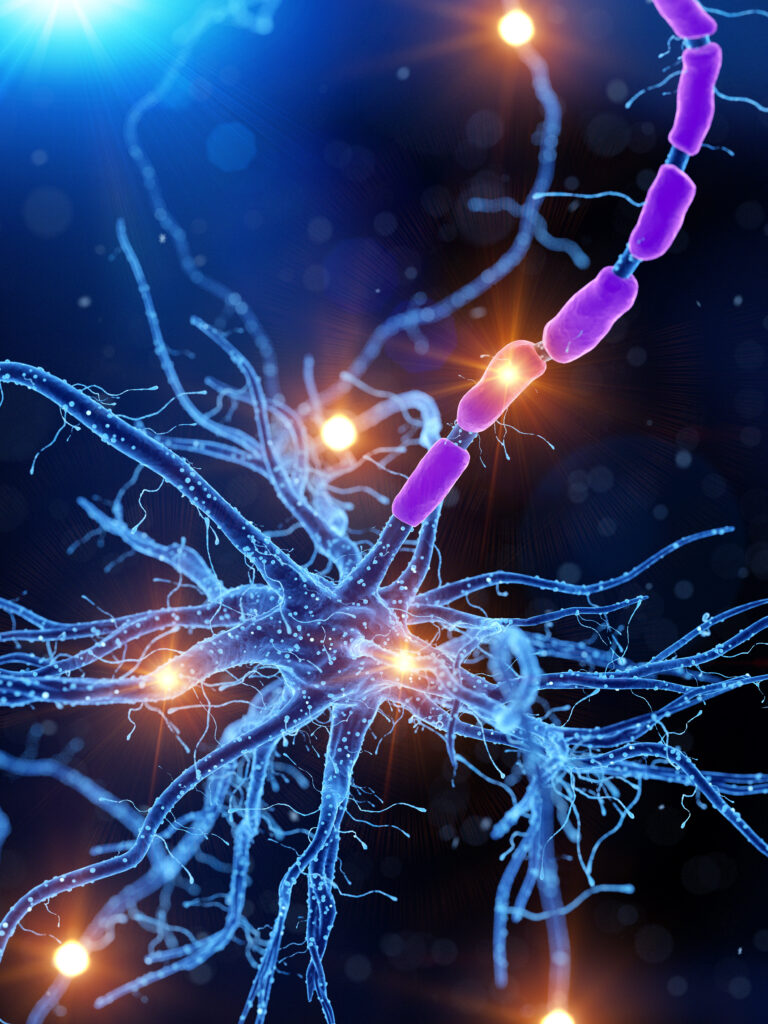Platelet-rich plasma (PRP) therapy has been making waves in the medical and beauty industries in recent years. This innovative treatment involves using a patient’s own blood to promote healing and rejuvenation in various parts of the body. PRP therapy has gained popularity for its effectiveness in treating a wide range of conditions, from sports injuries to hair loss. But what exactly is PRP therapy and how does it work?
To understand PRP therapy, we first need to understand what platelets are and their role in the body. Platelets are tiny cells in the blood that are responsible for forming clots and promoting healing. When the body experiences an injury, platelets rush to the site to form a clot, which stops bleeding and allows the wound to heal. However, platelets also contain growth factors and proteins that stimulate cell growth and repair damaged tissues.
PRP therapy involves extracting a small amount of blood from a patient and spinning it in a centrifuge machine to separate the platelets from the rest of the blood components. This results in a highly concentrated solution of platelets, known as platelet-rich plasma. The PRP is then injected into the target area, where it promotes healing and rejuvenation.
One of the most common uses of PRP therapy is in treating sports injuries. Athletes, both professional and amateur, often suffer from muscle strains, sprains, and other types of injuries. These injuries can be painful and can take a long time to heal, which can significantly affect an athlete’s performance. However, with PRP therapy, athletes can experience a faster recovery time and get back to their training sooner.
In addition to sports injuries, PRP therapy has also been shown to be effective in treating joint pain and inflammation caused by conditions such as osteoarthritis. The growth factors in PRP can help repair damaged cartilage and reduce pain and stiffness in affected joints. This has provided relief for many patients who have been suffering from chronic joint pain.
Another area where PRP therapy has shown promising results is in the treatment of hair loss. This is because the growth factors in PRP can stimulate hair follicles to grow new hair. The therapy is often used in combination with other hair loss treatments to enhance their effectiveness. Many people have reported thicker and healthier hair after undergoing PRP therapy, making it a popular choice for those struggling with hair loss.
Aside from its medical benefits, PRP therapy has also gained popularity in the beauty industry. It is now being used in cosmetic procedures such as facial rejuvenation and skin tightening. When injected into the face, PRP can stimulate collagen production and improve skin texture and elasticity, resulting in a more youthful appearance. This has made PRP therapy a sought-after treatment for those looking to combat signs of aging without resorting to more invasive procedures.
One of the most attractive aspects of PRP therapy is that it uses a patient’s own blood, reducing the risk of allergic reactions or adverse side effects. This also means that there is no risk of transmitting diseases or infections from donor blood, making it a safe and natural treatment option.
While PRP therapy has shown great potential in treating various conditions, more research is still needed to fully understand its capabilities. However, many studies have already demonstrated the effectiveness of this treatment, and it continues to gain recognition and acceptance in the medical community.
In conclusion, PRP therapy is a cutting-edge treatment that has revolutionized the healthcare and beauty industries. Its ability to promote healing and rejuvenation using a patient’s own blood has made it a highly sought-after treatment option. Whether it’s for treating sports injuries, joint pain, hair loss, or enhancing appearance, PRP therapy offers a safe and natural alternative to traditional treatments. As research and technology continue to advance, we can only expect to see more applications for this innovative therapy in the future.
As we look to the future, the possibilities for PRP therapy are endless. Who knows, perhaps one day it may even be used to treat more serious conditions like cancer or autoimmune diseases. The potential for this treatment is truly remarkable, and it is exciting to see where it will take us next. PRP therapy has truly opened up a whole new world of possibilities in healthcare and continues to change the way we approach healing and wellness. So if you’re considering PRP therapy, know that you are taking a step towards a brighter, healthier future.

